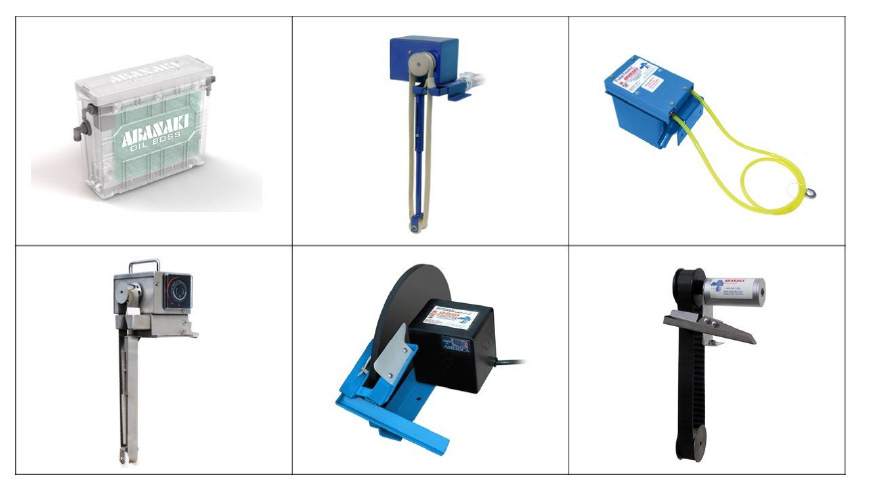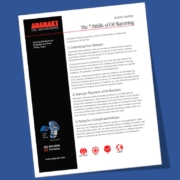7 Common Mistakes That Lead to the Wrong Oil Skimmer
Selecting an oil skimmer can be a complex decision-making process. There are various factors you have to consider about your application when choosing the right skimmer. Oil skimmers are durable and built to last, even in harsh applications. They have been proven in thousands of applications and are an environmental solution to unwanted oil in water.

Here is a guide to help you avoid the common mistakes that are made when purchasing an oil skimmer.
- Under-sizing Your Skimmer
A common misconception is that you can buy a smaller skimmer to save money, based on gallons-per-hour skimming capacity. However, purchasing a small or mini unit instead of an industrial sized skimmer can be an ineffective method of oil skimming. - Improper Placement of Oil Skimmers
Planning is important! Before spending money on a concrete pad and mounting arrangements, check where the oil actually collects in your process. Oil skimmers should be located opposite from the inflow and the tail pulley should be submerged two inches below the surface of the liquid in order to be as effective as possible. - Paying for a Complicated Solution
Oil skimming usually beats ultra-filtration systems in many applications. More often than not, installing large, complicated systems to remedy oil problems will not provide ideal results. - Not Telling Your Consultant or Vendor Everything
Numerous factors go into selecting the right oil skimmer for a particular application. If the oil skimmer vendor does not know what chemicals or heat you have in your application, the wrong oil skimmer and belt materials could be selected, and the job will not get done correctly. - Choosing the Wrong Oil Skimming Material
There are several things to consider when choosing a belt or tube material for your oil skimmer. Some plastics will not stand up to heat or strong chemicals. Certain metal belts will not skim coolants effectively. Smooth belts do no pick up floating emulsified oils. Specific plastic belts do not last in heated applications, while other types of plastic belts will. - Lack of Maintenance and Basic Care
An oil skimmer will only remove oil if it is properly maintained. Basic maintenance tasks should be done regularly to keep your oil skimmer up to snuff. Are the wipers contacting the belt smoothly? Is the belt riding away from the sides of the pulley? - Buying from an Unknown Vendor Based on Price
Buying from small, unheard of oil skimmer manufacturers may result in no customer support when maintenance issues pop up and little to no knowledge of how to resolve those issues. Abanaki sales reps have deep knowledge of a wide variety of industrial applications. They are always available for phone calls, emails, or on-site consultations.
Don’t buy the wrong skimmer. Read the full white paper, “7 Common Mistakes That Lead to the Wrong Oil Skimmer.”



